These days most people are aware of the need to have and maintain a strong core. A strong core will help support the weight of your head and torso and will prevent excessive pressure on your low back and lumbar spine. Too much pressure will cause the discs in between your vertebrae to thin, decreasing the space available for your nerve roots to exit the spinal column in order to connect our periphery to our central nervous system. This can result in loss of sensation in the legs, weakness in some or all of the leg muscles, sciatica and possibly other conditions.
While the need to maintain a strong core is common knowledge, how to go about doing just that is a subject of more debate. Any weightlifter or exercise enthusiast will be quick to tell you their favorite exercise to strengthen the abs, but are these the best exercises? The safest? The right ones for you?
While the abdominal muscles or abs are certainly an important part of the core musculature, they are not the entirety of it. Our core is like a tube of muscles that encircles the abdomen and consists of the abs, as well as the obliques, and the muscles of the low back including the quadratus lumborum (QL). These muscles work together to maintain our upright posture and support the weight of our head and torso.
At Stabilized Chiropractic San Rafael each patient is evaluated for muscular weaknesses and imbalances, and specific stretches and exercises are recommended to each patient based on their individual needs. However, there is an exercise that, if done properly, will strengthen the entire core muscle group, and can be safe and effective for everyone, regardless of age or fitness level. This exercise is planks. Planks have many, many different variations and can be relatively easy or extremely difficult based on the modification. Planks can easily be infinitely modified so that they remain a challenge for even the fittest athlete. The standard plank is an isometric exercise, so there is no movement during the exercise, which greatly reduces the capacity to injure oneself. Basically, the plank position is similar to a push-up position, except instead of being up on your hands and toes, the exercise is done resting on the elbows, with the arms bent. Similar to push-ups, if you cannot perform the exercise effectively up on the toes, dropping down to the knees will reduce the intensity of the exercise and make it more doable for beginners. While keeping the back perfectly flat, holding that position for up to a minute will do wonders for core strength. If you can easily hold the position for more than one minute, it is time to progress the exercise to a more difficult variation. For questions about which plank is best for you, or any other questions about core strength, wellness, or chiropractic care please feel free to contact Stabilized Chiropractic directly to have your questions answered.
Call San Rafael Chiropractor Dr. Drew Stabile at Stabilized Chiropractic. (415) 472-2232.







